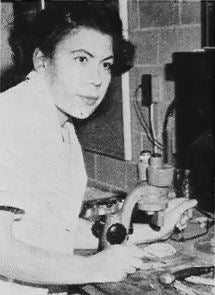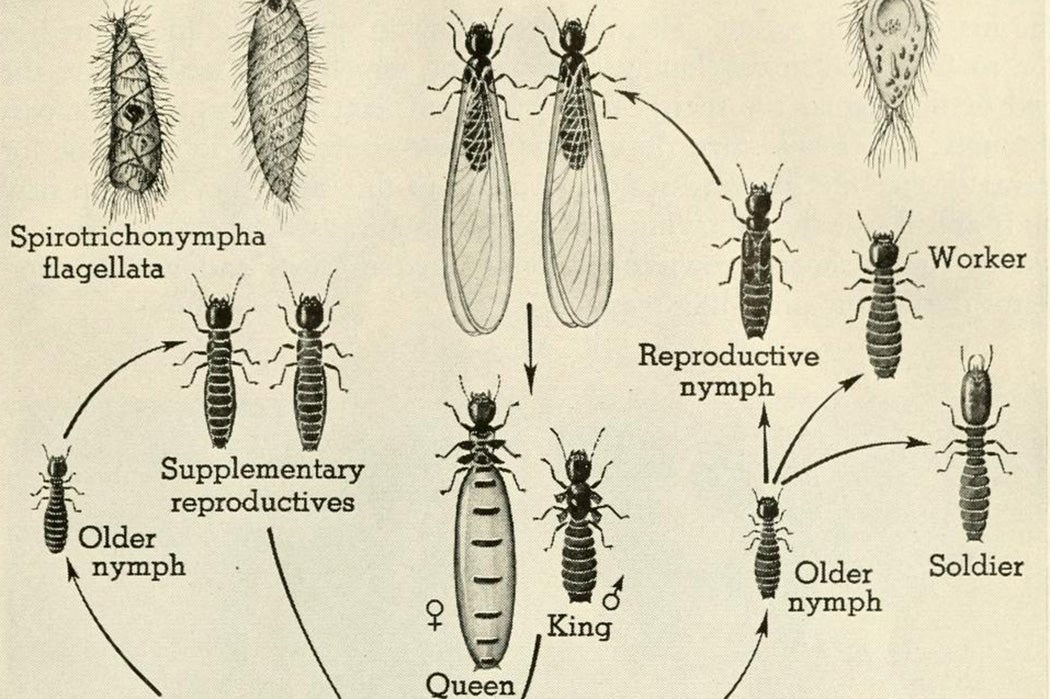Born in 1922, Margaret James Strickland Collins was the first African American woman entomologist in the United States, at a time when the country made higher education difficult, if not impossible, for Black students. Her career was nurtured at one of the country’s historically black colleges and universities (HBCUs), which were founded starting in the nineteenth century to provide higher education for African Americans in the era of Jim Crow. In return, Collins taught at some of these same institutions, while working to advance both the field of entomology and the Civil Rights Movement.

Margaret James was born in Institute, West Virginia, home of the HBCU West Virginia State College. Her father was a professor of agriculture there, and she was surrounded by a Black intellectual community. Given access to the college library at age six, she read voraciously, excelled at school, and was able to enter the college as a student at fourteen years old.
After obtaining bachelor’s and master’s degrees in biology, she was admitted to the zoology program at the University of Chicago, which had already granted more PhDs to African American students than any other university in the world. On orientation day, she met Alfred Emerson, an entomologist with expertise in termites, a subject that would become her own enthusiasm and earn her the nickname “Termite Lady.”
While Emerson was a friend and mentor, he was not without prejudices: he felt women were “annoying” during fieldwork. Collins thus had to work with Emerson’s own collection of termites for her dissertation, unable to see them in situ.
After graduation in 1950, she held faculty positions at Howard University, Florida A&M University (FAMU), and Federal City College (now the University of DC), all historically Black institutions. Collins was active not only as a scholar, but as an advocate for civil rights—a role that many African American academics fill. During a pause in her scientific work at FAMU, she acted as a driver for coworkers in the Tallahassee Bus Boycott, which started in 1956. This activism put her at risk of arrest.
Weekly Newsletter
Collins’s accomplishments as a scientist include co-identifying a new species of termite, Neotermes luykxi, in 1989. During her career, she came to love field work—traveling through the Caribbean and Central America. While on a 1996 trip to the Cayman Islands as a research associate for the Smithsonian (a post-retirement position, no less), she died of congestive heart failure at age 73. The Smithsonian’s National Museum of Natural History maintains a collection named for her, a fitting memorial to a woman who bore the nickname “Termite Lady” with pride.







